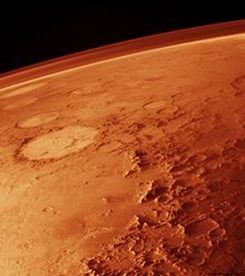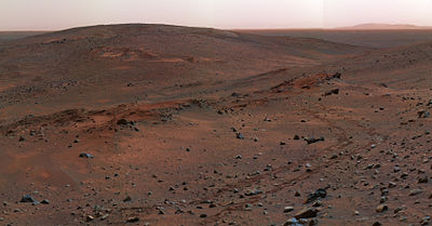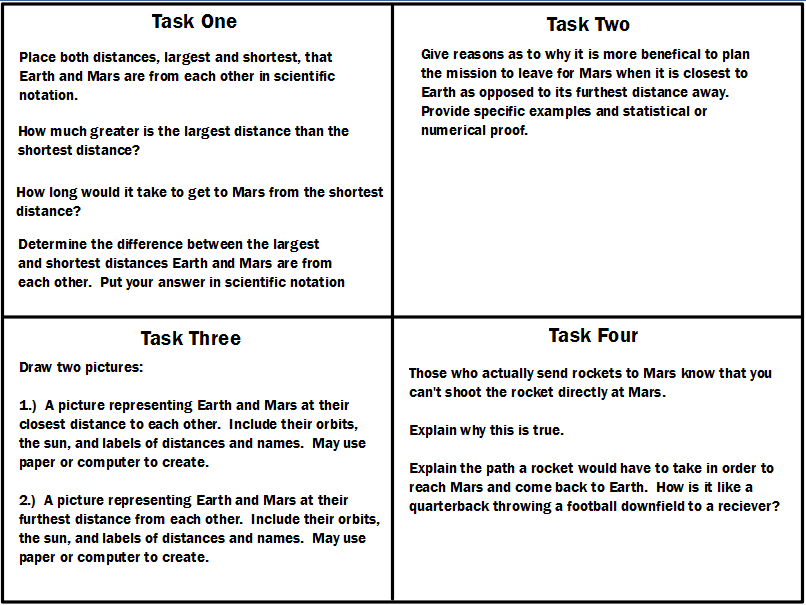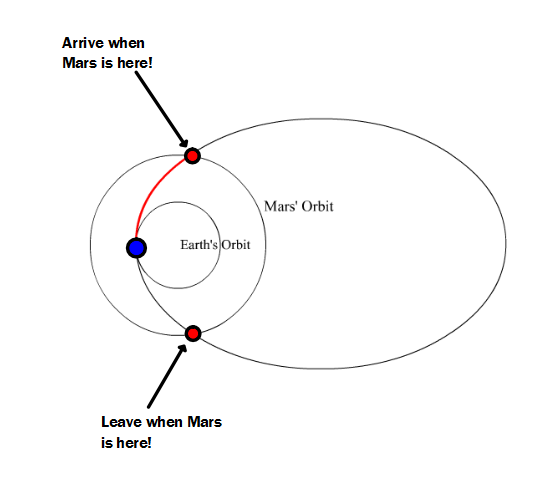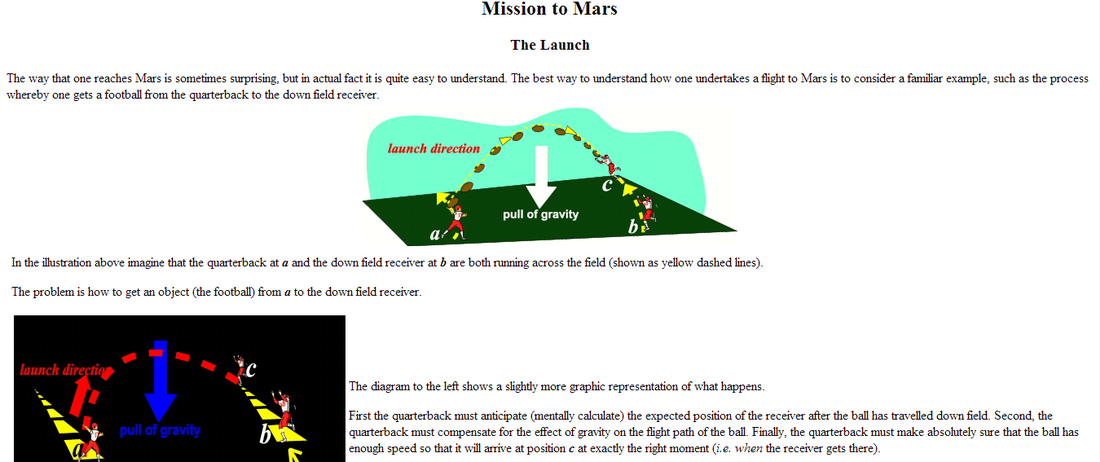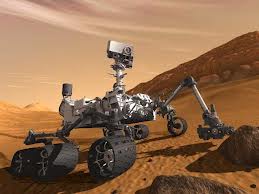Mission to Mars
Useful statistics you may find helpful.Distance from Earth to Mars can be as little as 34.8 million miles or as great as 249 million miles.
The Earth takes 365.25 days to orbit the sun. Mars takes 687 (Earth) days to orbit the sun. The diameter of Mars is 4,196 miles. The diameter of the Earth is 7, 560 miles |
Earth and Mars do not orbit the sun together.
 |
Here is your mission, if you choose to accept:
How long will it take to get there?
|
|
What path should we take? (Can I use GPS?)
I thought a straight line was the shortest distance between two points?As you can see, we need to ARRIVE on Mars when it is relatively close to its shortest distance from the Earth. If we left when Mars was actually at its closest distance, then Mars would travel further away from our rocket and we might get LOST IN SPACE!
Maybe this doesn't make a whole lot of sense. So, let's think about this in different terms. |
Rocket science and football?Click on the picture to see how we can relate space flight to football.
|
